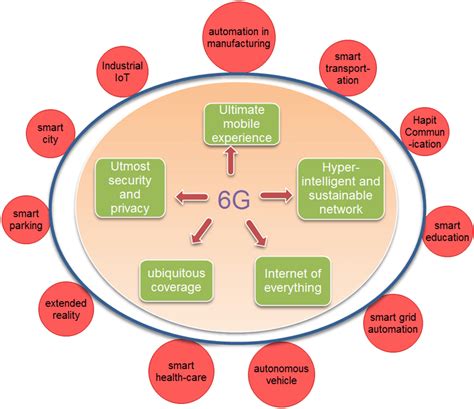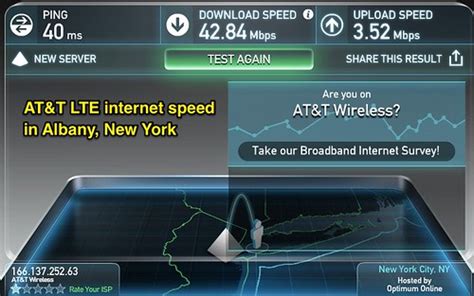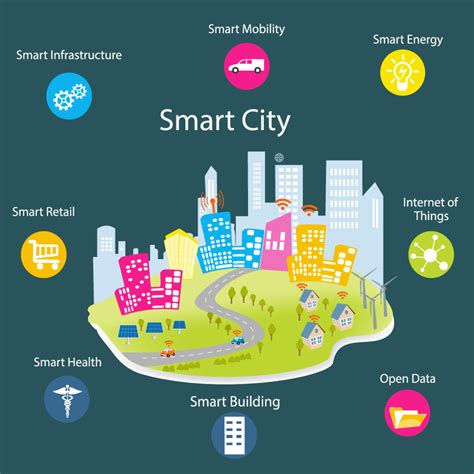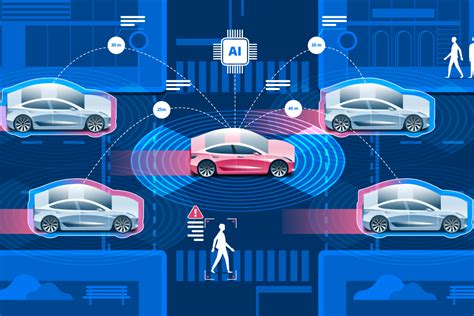Breaking News


Popular News


Discover the latest advancements in technology, from enhanced data speeds to remote healthcare services and autonomous vehicles integration in smart city infrastructure.In this digital age, advancements in technology are constantly shaping the way we live and interact with the world around us. The introduction of 6G technology is on the horizon, promising even faster data speeds and a range of practical applications that will revolutionize various industries. From augmented reality integration to smart city infrastructure, the potential uses of 6G are limitless. In this blog post, we will explore the real-world applications and scenarios of 6G technology, including its impact on remote healthcare services and autonomous vehicles. Join us as we delve into the realm of enhanced data speeds and the transformative possibilities of 6G, paving the way for a future where connectivity knows no bounds. Whether you’re a tech enthusiast or simply curious about the next wave of innovation, the practical uses of 6G are sure to captivate and inspire.
Contents

One of the most anticipated benefits of 6G technology is the enhanced data speeds it will provide. With the potential to reach speeds of up to 1 terabyte per second, 6G will revolutionize the way we use and access data. This will open up new possibilities for real-time streaming of high-definition content, seamless video conferencing, and lightning-fast downloads.
Imagine being able to download an entire movie in a matter of seconds or stream live sporting events in 8K resolution without any buffering. These are just a few examples of the practical uses of enhanced data speeds that 6G will bring to the table.
Furthermore, industries such as healthcare, finance, and education will benefit from the rapid transmission of large amounts of data, enabling real-time remote medical consultations, secure financial transactions, and immersive virtual learning experiences.

In the realm of technology, augmented reality has been making waves in various industries due to its practical applications and real-world benefits. From retail to healthcare, augmented reality integration has paved the way for innovative solutions to common problems. One practical use of augmented reality is in the field of architecture and interior design. With the help of AR, architects and designers can visualize and showcase their designs in a more immersive and interactive manner, allowing clients to have a better understanding of the proposed space and its functionality.
Another area where augmented reality has found practical application is in the field of education. AR technology can be used to create more engaging and interactive learning experiences, making complex concepts easier to understand. Students can use AR to explore historical landmarks, dissect virtual organisms, or even interact with 3D models of the solar system, bringing learning to life in a way that traditional methods cannot.
Furthermore, augmented reality integration has also been utilized in the field of gaming and entertainment, providing users with a more immersive and interactive experience. With the use of AR, gamers can interact with virtual elements overlaid on the real world, creating a more dynamic and thrilling gaming experience. Additionally, AR technology has been used to enhance live events and concerts, offering audiences a more interactive and visually stimulating experience.

Smart city infrastructure is a crucial aspect of urban development in the modern age, with the integration of 6G technology enabling cities to become more efficient, sustainable, and technologically advanced. One of the key practical uses of 6G in smart city infrastructure is the implementation of smart grid systems, which allow for better management of energy resources and smoother distribution of electricity. This can lead to reduced energy wastage and optimized energy consumption, ultimately contributing to a more sustainable urban environment.
Another important application of 6G in smart city infrastructure is the development of intelligent transportation systems, which utilize advanced connectivity and communication technologies to improve traffic flow, reduce congestion, and enhance overall transportation efficiency. This can include the integration of autonomous vehicles, real-time traffic monitoring, and smart parking solutions, all of which contribute to a more seamless and sustainable urban mobility ecosystem.
Furthermore, 6G technology can facilitate the implementation of smart public safety and security systems in smart cities, including advanced surveillance, emergency response coordination, and public infrastructure monitoring. The use of high-speed, low-latency 6G networks can enable real-time video and data transmission, enhancing the overall safety and resilience of urban environments.

Remote healthcare services have seen significant advancements with the introduction of 6G technology. The enhanced data speeds offered by 6G networks allow for seamless real-time communication between healthcare professionals and patients, regardless of their geographical location. This has revolutionized the way medical consultations and diagnoses are conducted, especially for individuals in remote or underserved areas.
Furthermore, the augmented reality integration capabilities of 6G have facilitated the development of innovative telemedicine solutions. Healthcare providers can now use AR technology to remotely examine patients, visualize medical imaging data, and even perform virtual surgeries with precision and accuracy. This has not only expanded access to quality healthcare services but has also improved patient outcomes in remote settings.
In addition, the deployment of 6G technology has paved the way for the establishment of advanced smart city infrastructure that supports remote healthcare services. Through interconnected systems and IoT devices, healthcare data can be securely collected, analyzed, and shared in real-time, enabling proactive healthcare monitoring and management for individuals in remote locations.

The integration of autonomous vehicles into our society is a topic that has gained a lot of attention in recent years. With the development of 6G technology, there are even more possibilities for how autonomous vehicles can be integrated into our daily lives. One practical use of 6G in autonomous vehicles is the ability to communicate with other vehicles on the road. This could lead to more efficient traffic flow and fewer accidents, as vehicles are able to anticipate and react to the movements of other vehicles in real time.
Another application of 6G in autonomous vehicles is the ability to communicate with smart city infrastructure. This could include traffic lights, road signs, and even pedestrian crosswalks. By having this level of connectivity, autonomous vehicles can better navigate urban environments and avoid potential hazards. In addition, the use of augmented reality technology in autonomous vehicles could provide passengers with a more immersive and informative experience as they travel.
In conclusion, the integration of autonomous vehicles with 6G technology has the potential to revolutionize transportation as we know it. With the ability to communicate with other vehicles and city infrastructure, as well as provide an enhanced passenger experience, the possibilities are endless for how autonomous vehicles can be utilized in the real world. As technology continues to advance, we can expect to see even more practical uses for autonomous vehicles in the future.

What is 6G technology?
6G technology refers to the next generation of wireless communication, expected to succeed 5G. It promises faster data speeds, lower latency, and more advanced applications.
What are some practical uses of 6G?
Some practical uses of 6G include enhanced augmented reality and virtual reality experiences, advanced telemedicine and remote surgery, autonomous vehicles, smart city infrastructure, and immersive gaming.
How will 6G benefit augmented reality?
6G is expected to provide higher data speeds and lower latency, which will enhance the quality and responsiveness of augmented reality experiences, making them more realistic and seamless.
Can 6G improve telemedicine?
Yes, 6G can improve telemedicine by enabling high-quality real-time video consultations, remote surgeries performed by robotic systems, and the transmission of massive medical data for analysis.
What impact will 6G have on smart cities?
6G can enable smart cities to have more interconnected and efficient systems, such as automated traffic management, advanced energy grids, and improved public services through the use of internet of things (IoT) devices.
How will 6G affect autonomous vehicles?
6G will enable faster and more reliable communication between autonomous vehicles and their surrounding infrastructure, leading to safer and more efficient transportation systems.
Is there potential for 6G in immersive gaming?
Yes, 6G can enhance immersive gaming experiences by enabling high-definition streaming, multiplayer virtual reality gaming, and interactive augmented reality gaming scenarios.